Post-Human Resources: Twenty Years at the Edge of Interaction
What happens when technology is no longer an isolated tool for specific tasks, but embedded in a complex web of interrelationships?
At Interface Cultures, we have spent over two decades exploring this evolving liaison as an artistic field—asking how we communicate with technology, not merely through it. In a world where digital interfaces shape our emotions, memories, and desires, excellence in media art demands more than technical skill; it calls for a critical sensitivity to emerging systems and the frictions that surface within our entanglement with them.
Founded at the University of Arts Linz, Interface Cultures has grown into a vibrant community of artists, researchers, and educators committed to redefining the boundaries of media art. For more than 20 years, we have brought experimental works to the Ars Electronica Festival, contributing to an ongoing global discourse on technology, art, and society from the perspective of younger generations.
This year’s exhibition, Post-Human Resources, arises from a moment of saturation—where every device demands our attention and every interface mirrors a culture of dopamine, urgency, and algorithmic control. We ask: What new narratives can resist this noise? How can we create spaces for care, attention, and reflection within systems designed for speed?
Post-Human Resources is not just an exhibition—it is a space for reconfiguration. A collective gesture by a generation of artists attuned to the pulse of the present, offering subtle, imaginative, and resistant responses to the challenges of our mediated lives.
Faculty:
Manuela Naveau, Laurent Mignonneau, Fabricio Lamoncha, Michaela Ortner, Alexander Wöran, Gudrun Oberndorfer

Interface Cultures - Photo: Lilly Marie Stelzer
Collection
Interface Cultures
Ticket //
FREE / No Ticket
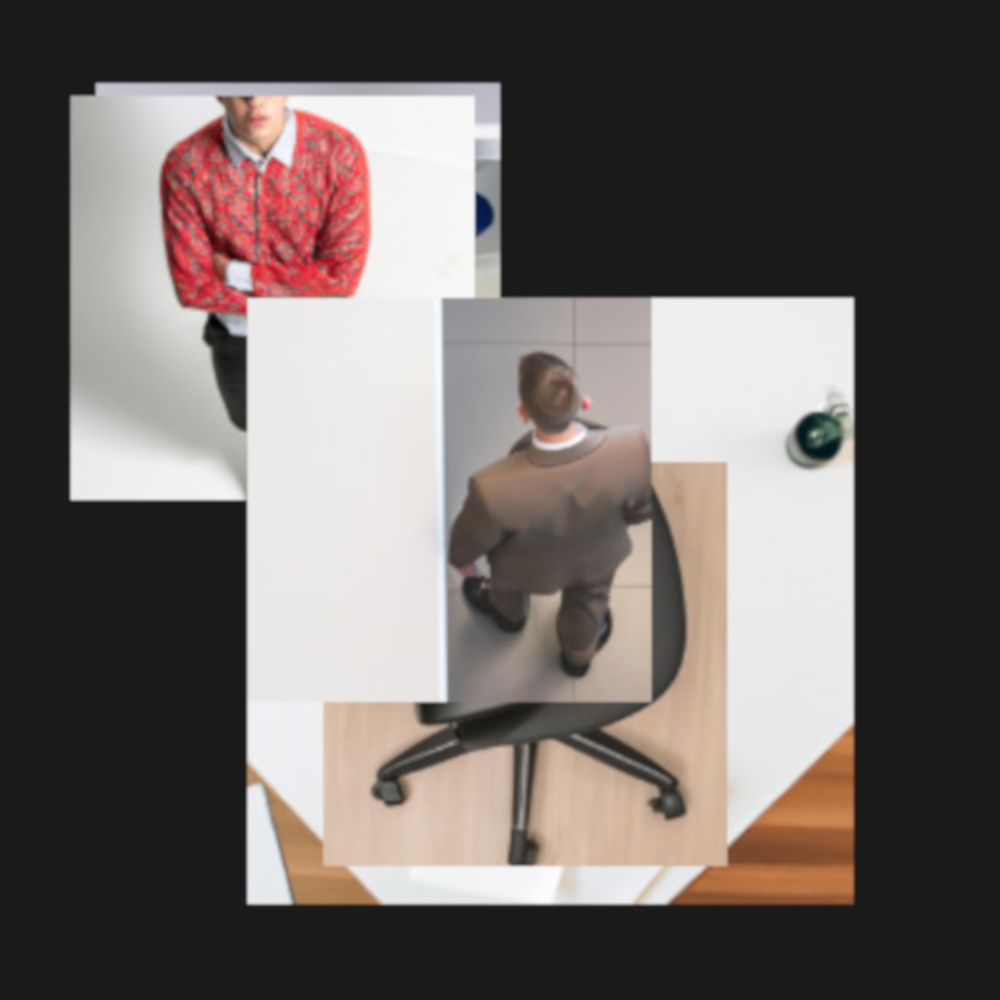
an office
Till Schönwetter (DE)
In an office, generative AI agents contend with productivity, after having replaced all human workers.
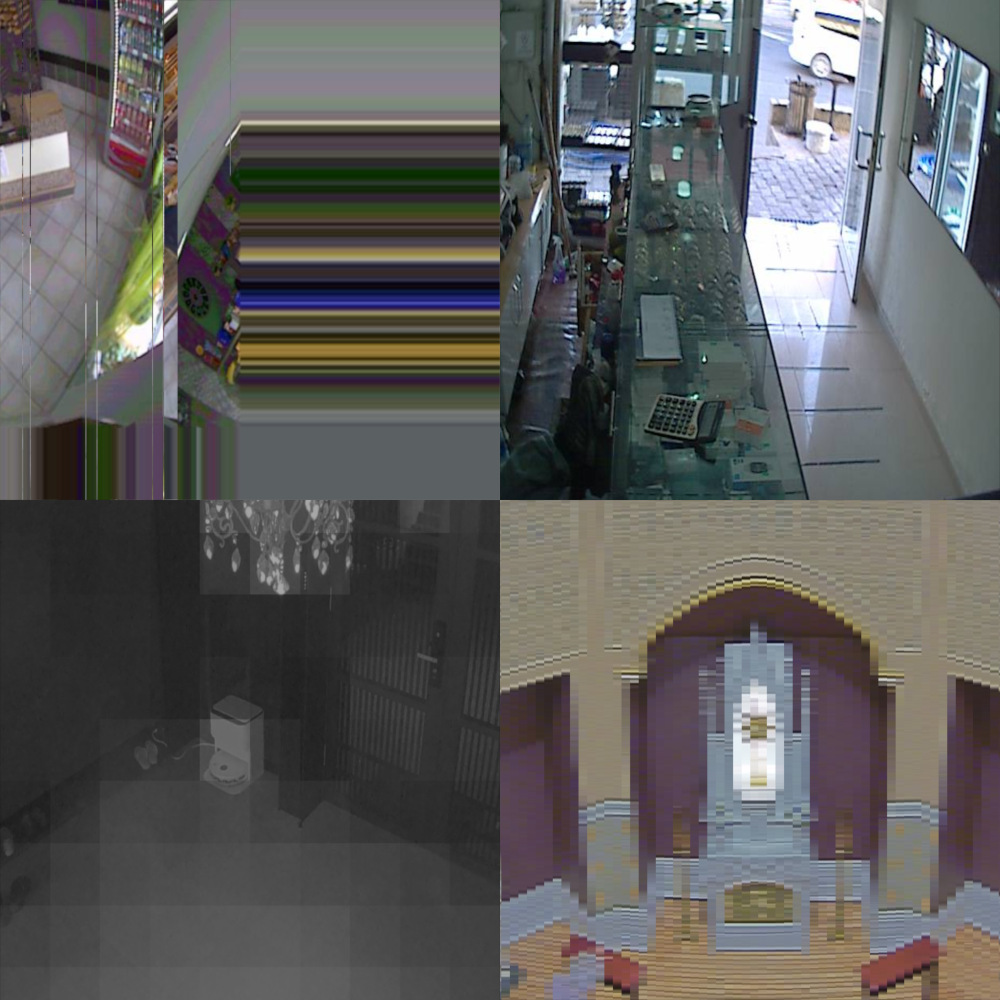
A Room with a View
Lucia Claus (GB), Hani Elias (GB)
A Room with a View is a collaborative audiovisual project exploring the boundary between private and public spaces. It features live, open-access camera streams from indoor spaces around the world, brought together into an immersive installation.

Ballad of a Frog
Flavia Luna Somarriba Perez-Desoy (FR)
Ballad of a Frog is an immersive interactive art project designed to enhance hospital patients’ well-being through therapeutic engagement. This project re-imagines hospital ceilings as serene, nature-inspired environments where patients can escape the clinical setting and find peace and relaxation.
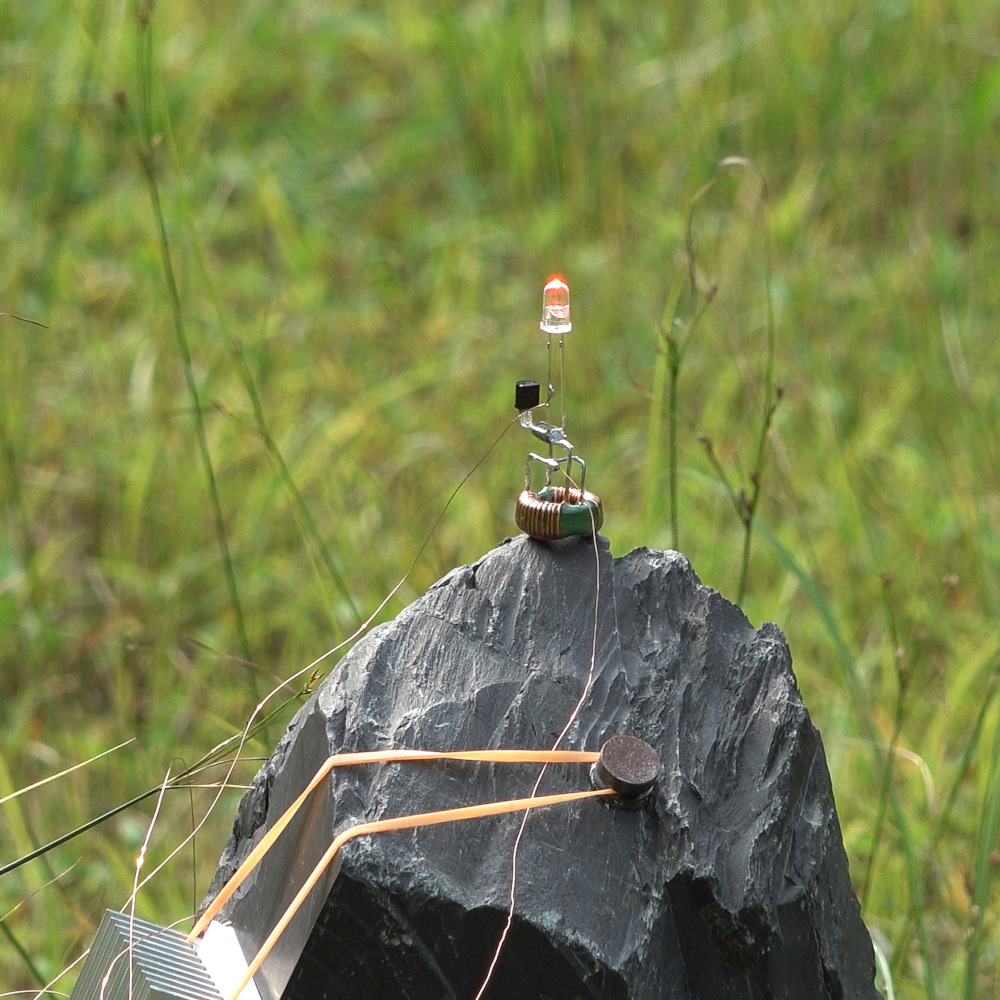
Difference: Anatomy of Stone
Volkan Dinçer (TR)
Difference: Anatomy of Stone offers a perspective on entities and their environment based on the concept of “non-organic life.”
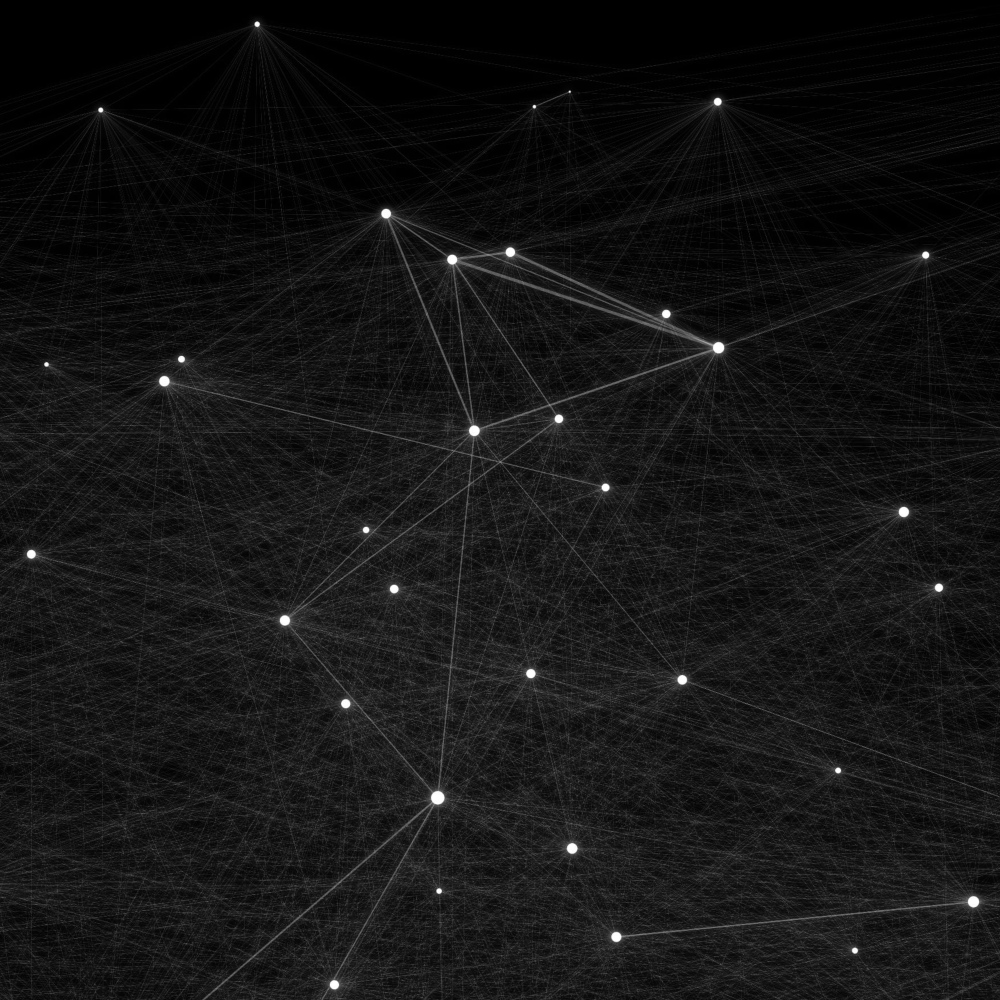
DreamAtlas
Ahmed Jamal (EG), Emma Silvana Tripaldi (IT), Till Schönwetter (DE)
DreamAtlas is a growing map of shared dreams, in which visitors are invited to contribute personal dream fragments to a collective dream diary.
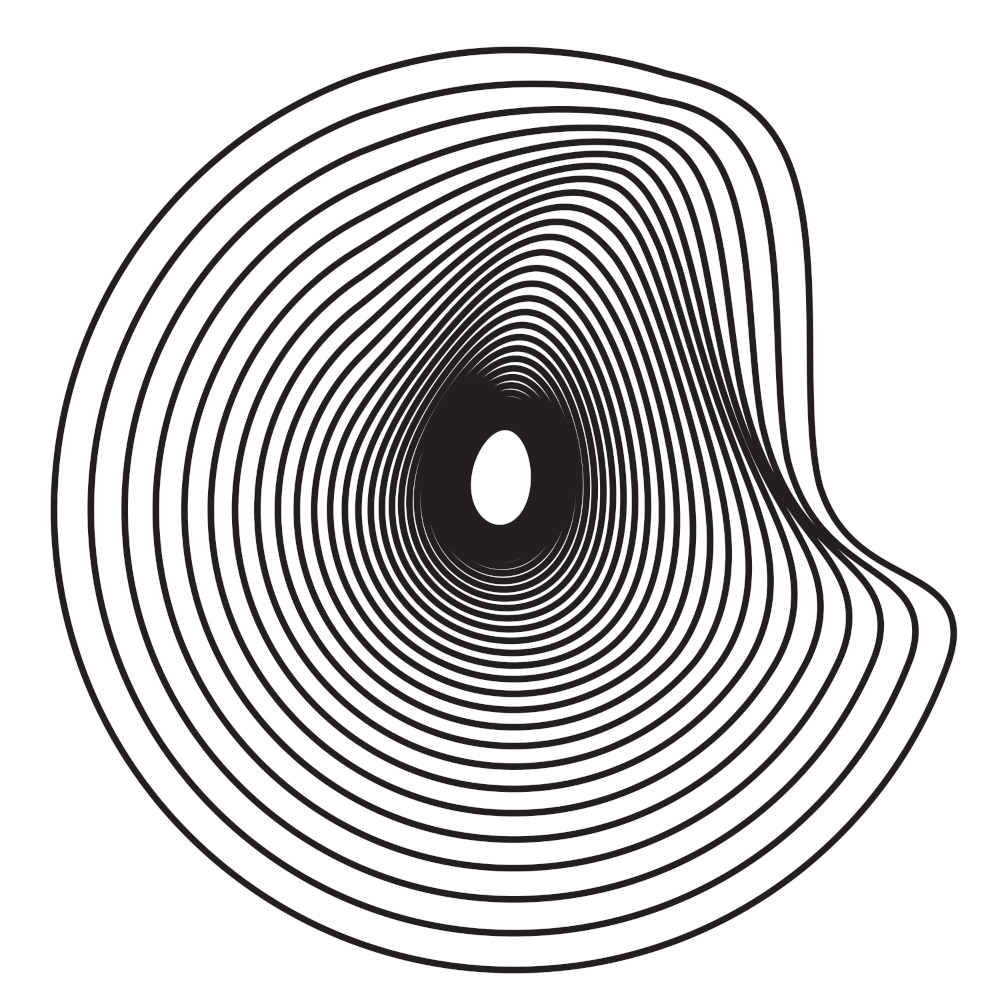
Embracing Sphere
Mehmet Colak (TR)
Embracing Sphere is an audio-tactile experience, a glimpse from the vast unknown places at Tannhäuser Gate, a novel way to convey a story embedded within the environment itself.
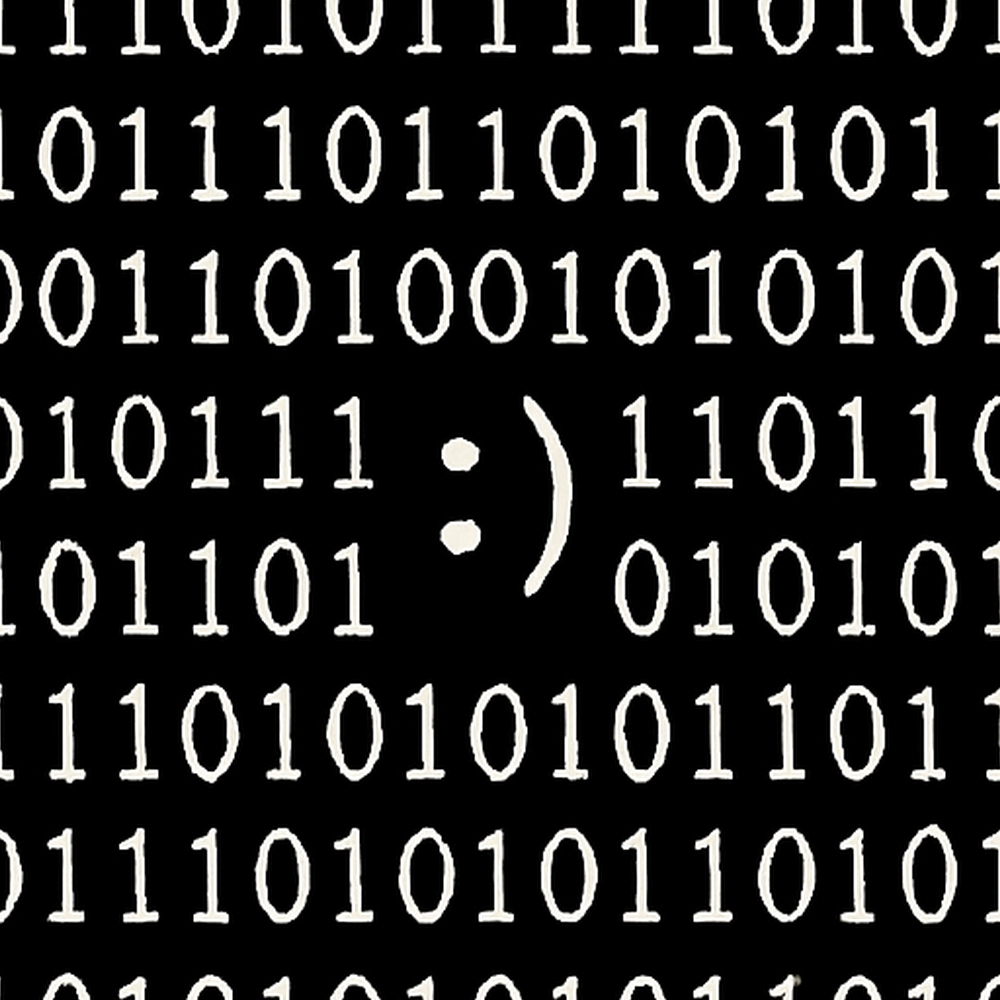
Feel.Back.Loop
Ghazal Hosseini (IR)
Feel.Back.Loop is a robotic tail that explores how machines can learn, interpret, and respond to human emotion. Through affective computing and reinforcement learning, it develops an evolving mutual language—using human facial expression as feedback—to communicate emotionally through movement.
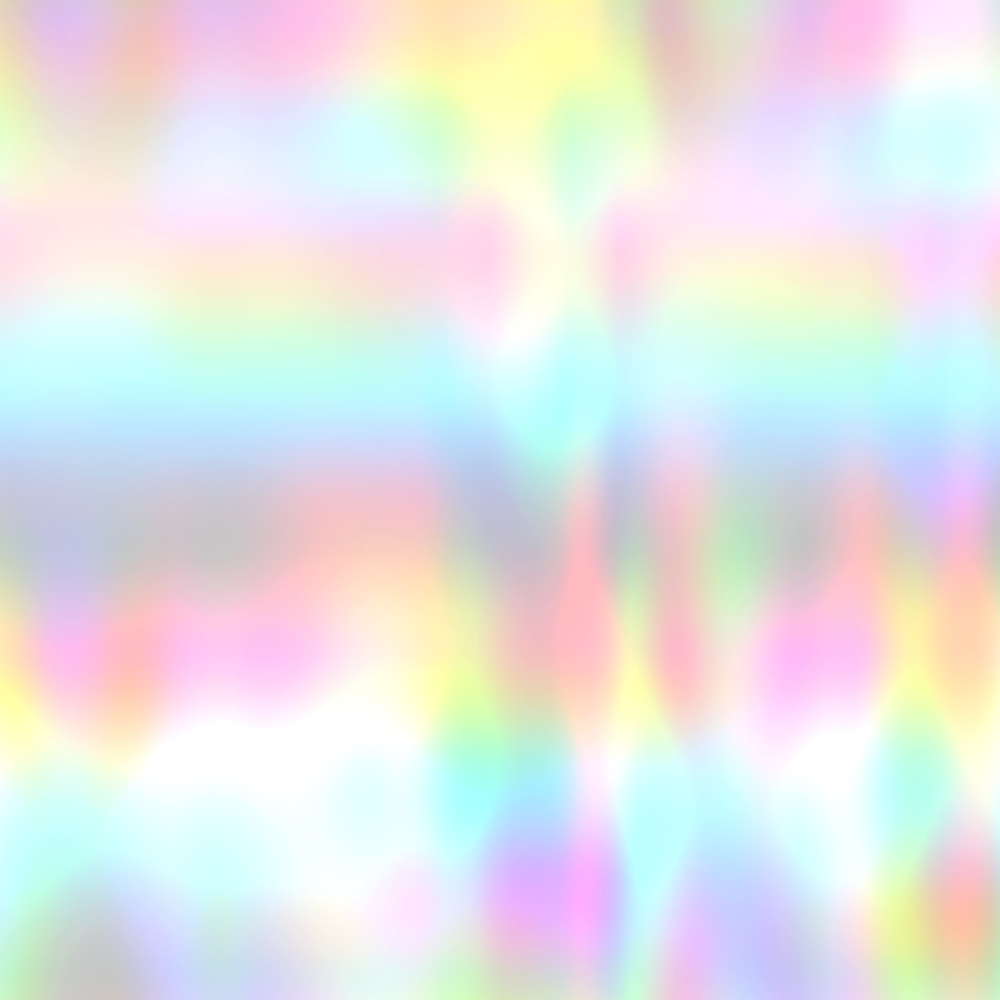
feel.exe
Camilla Scholz (DE)
feel.exe is an interactive artwork in the form of an esoteric programming language in which codes are created by expressing emotions, which in turn creates visuals. A tension between intention and interpretation arises as the code and the output hold meaning within different contexts.
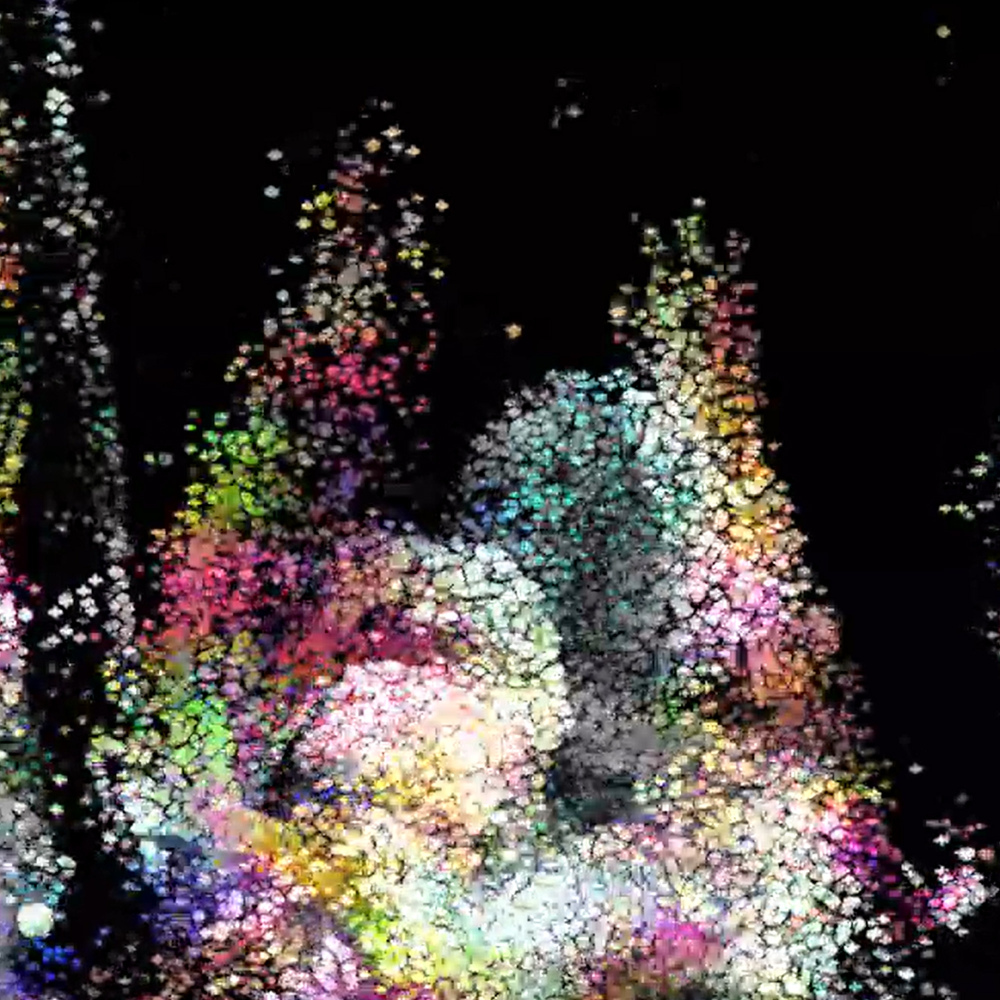
In Between
Yuseung Lee (KR)
In Between is an interactive media installation where emotions from different times meet. Users record their emotions as colors, and by turning a clock hand, they encounter the emotional traces of a past user—not as memory, but as presence.
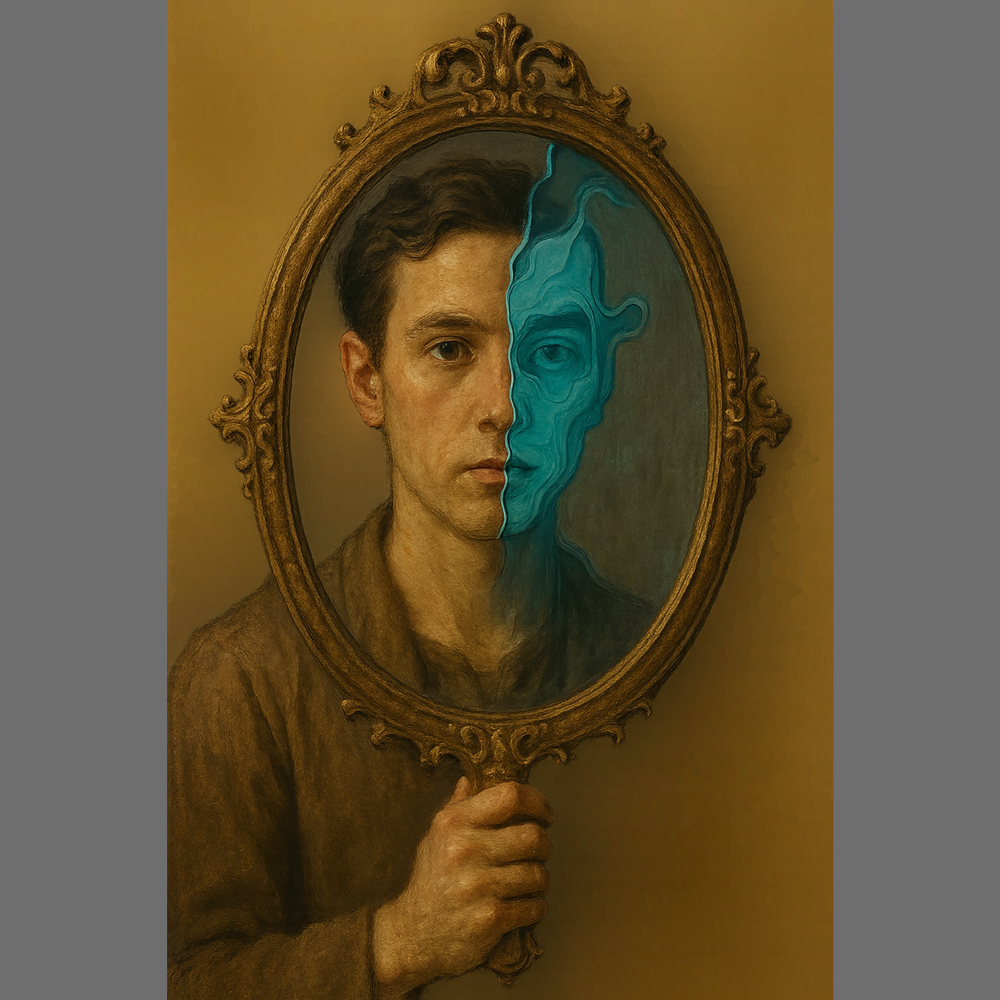
JAM-E-JAM
Hanif Haghtalab (IR)
JAM-E-JAM is an interactive installation that explores the instability of self-image. The work reimagines selfhood as dynamic, co-constructed, and inseparable from its environment.
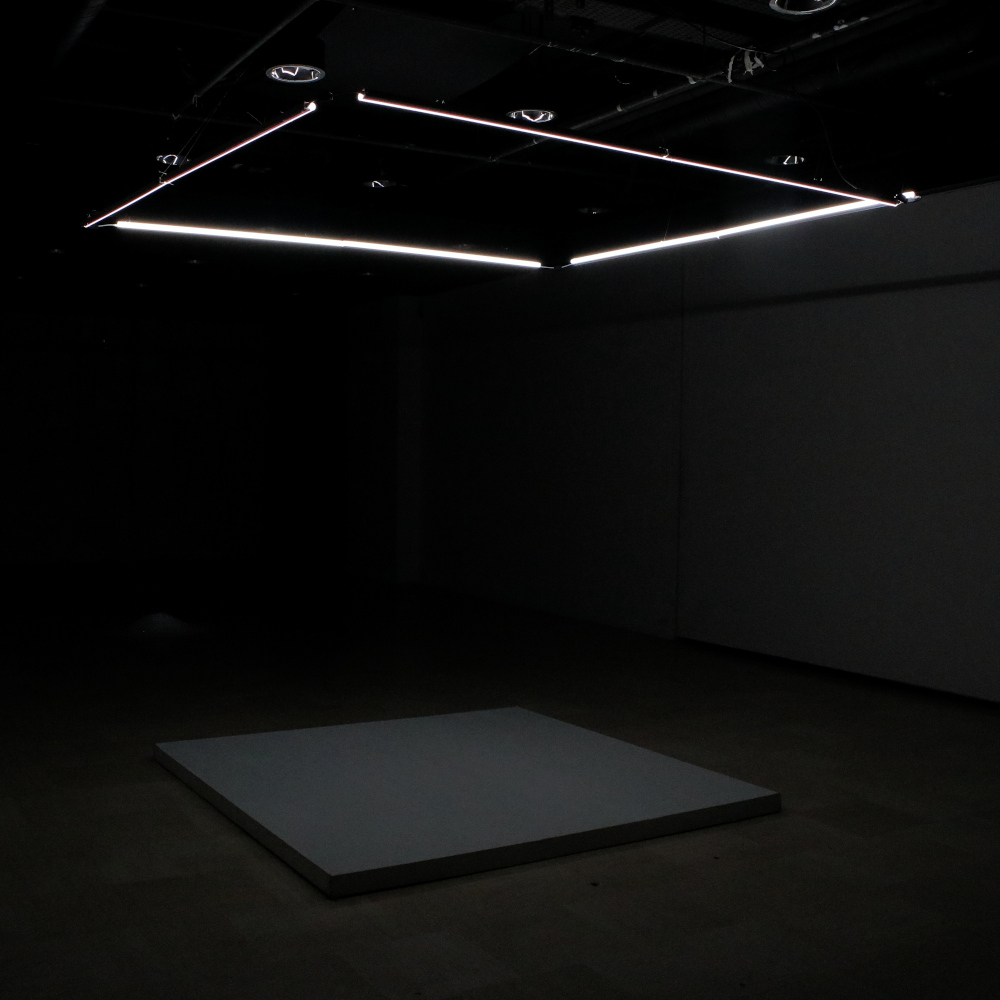
Mining
Tsu-Wei Lu (TW)
The viewer’s attention triggers both the passage of time, through accelerated day-night cycles in a real-time virtual environment, and the autonomous trading of digital currency.

On the nonexistence of detachment
Lilly Marie Stelzer (DE)
Every second, every hour, every day, we are surrounded by language. Embedded with deeper truths of our society, it holds power, not only revealing, but shaping, and accompanying greater social change.
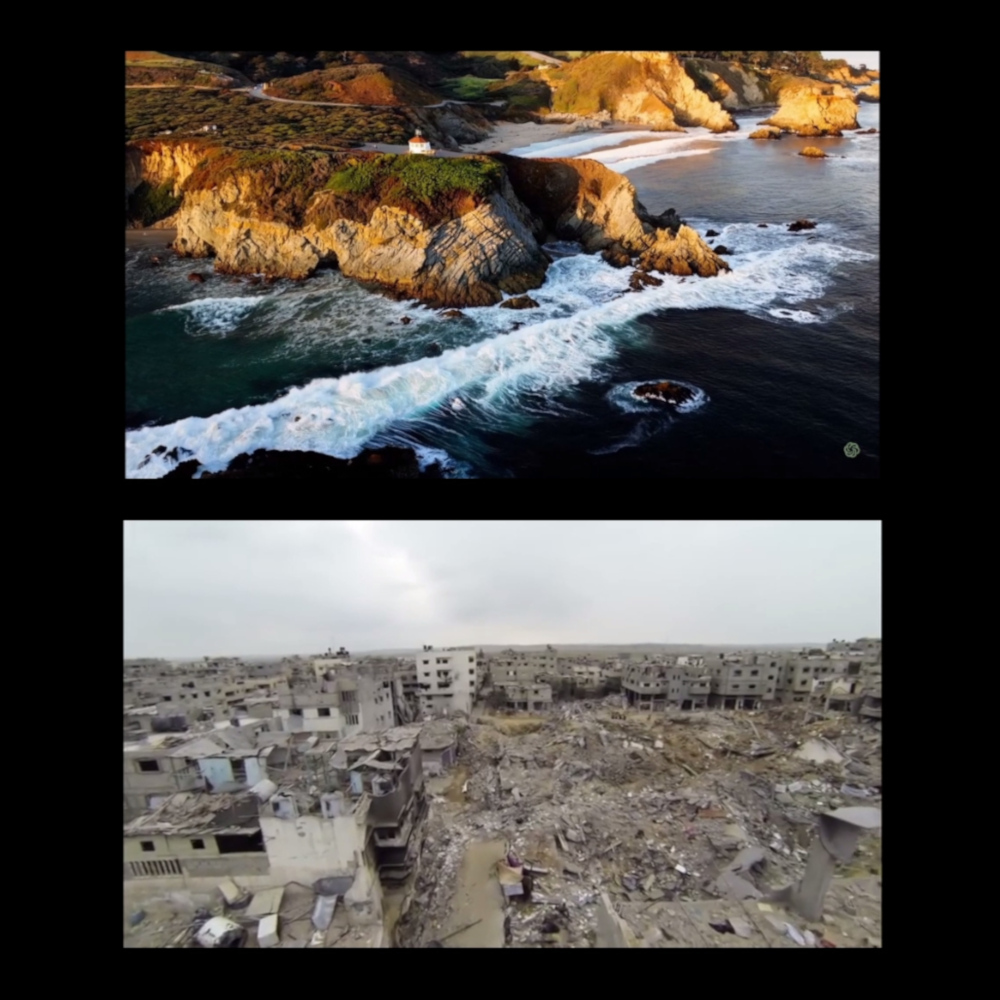
OppenheimerAI
Ahmad Aiuby (EG)
OppenheimerAI is a video installation and research-based art project that exposes the connections between AI’s involvement in Big Tech, the military, and the art world, with a particular focus on the neocolonial dynamics of AI in the Middle East.

Overture
Andrea Corradi (IT), Ricardo Pastor Pérez (ES), Gorka Egino Arroyo (ES/PV), Sandra Muciño (MX), Te-En Chen (TW), Juan Lopez Cuamatzi (MX), Andreas Grünauer (AT)
Overture aims to transform an element of panic into an element of harmony. The protagonist of this performance, the “wöchentlicher Sirenentest,” which translates as “weekly siren test,” sounds every Saturday in Linz at noon.
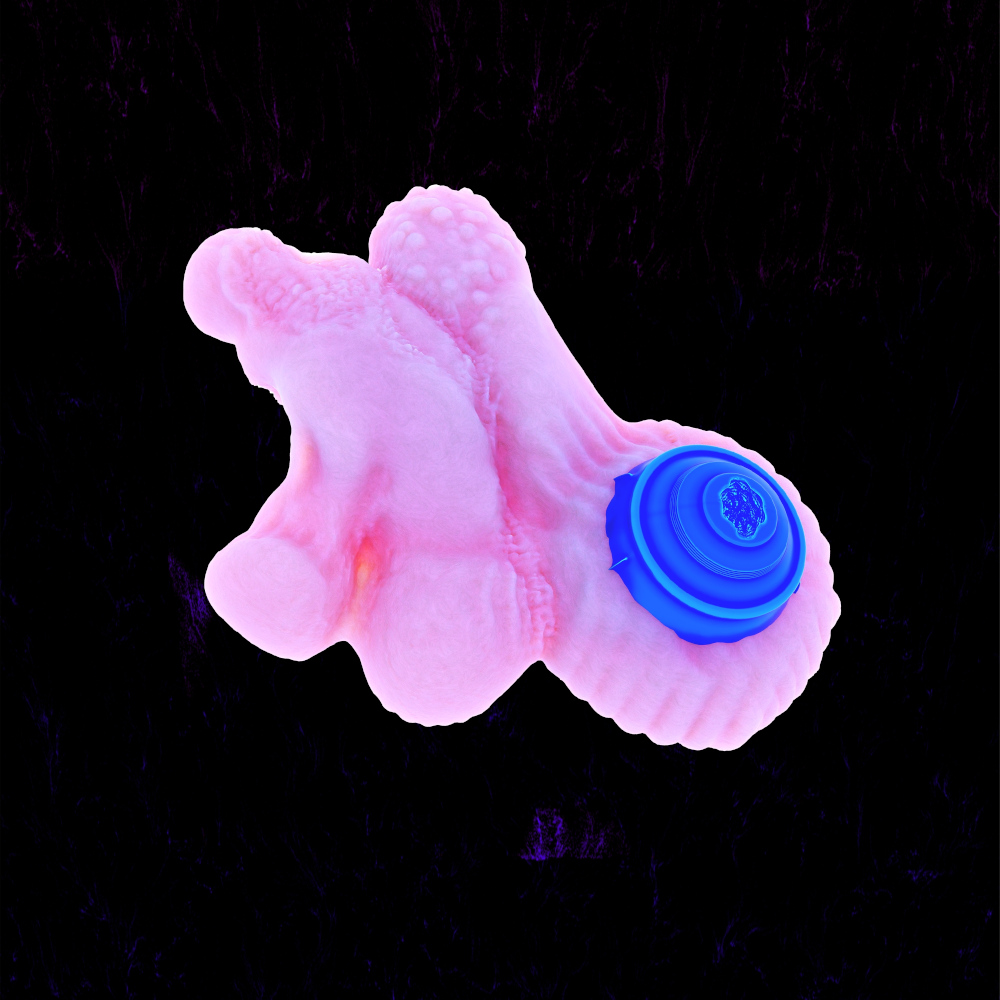
PSY000T3
Sofia Talanti (IT)
A soft robotic installation inspired by hypothyroidism, exploring slowness as a form of resistance to technological hyper-efficiency. By using biological dysfunction as a metaphor, the project proposes a speculative cyborg that processes data at a decelerated tempo, reflecting ecological rhythms and rethinking productivity.
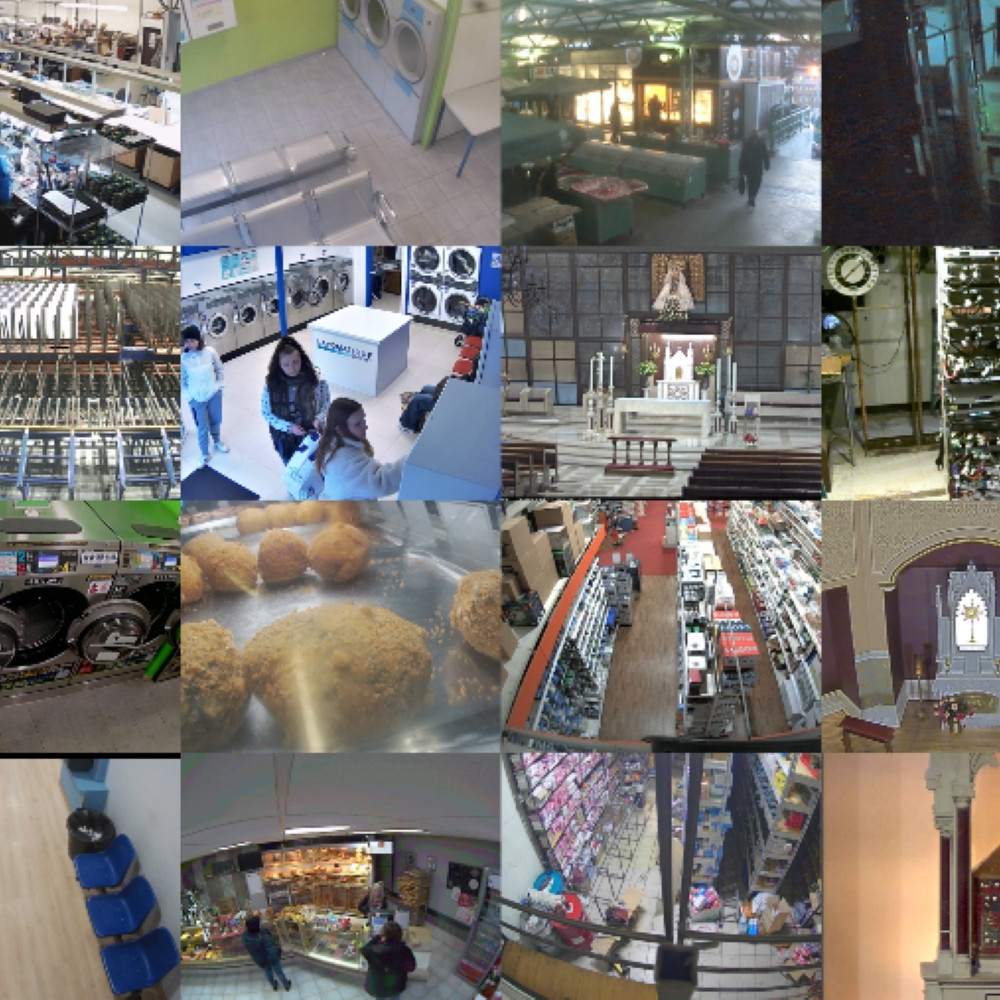
Smile, youʼre on camera
Lucia Claus (GB), Hani Elias (GB)
This installation explores the boundary between private and public spaces. It features a large world map with small screens showing live streams from indoor spaces in locations across the globe.
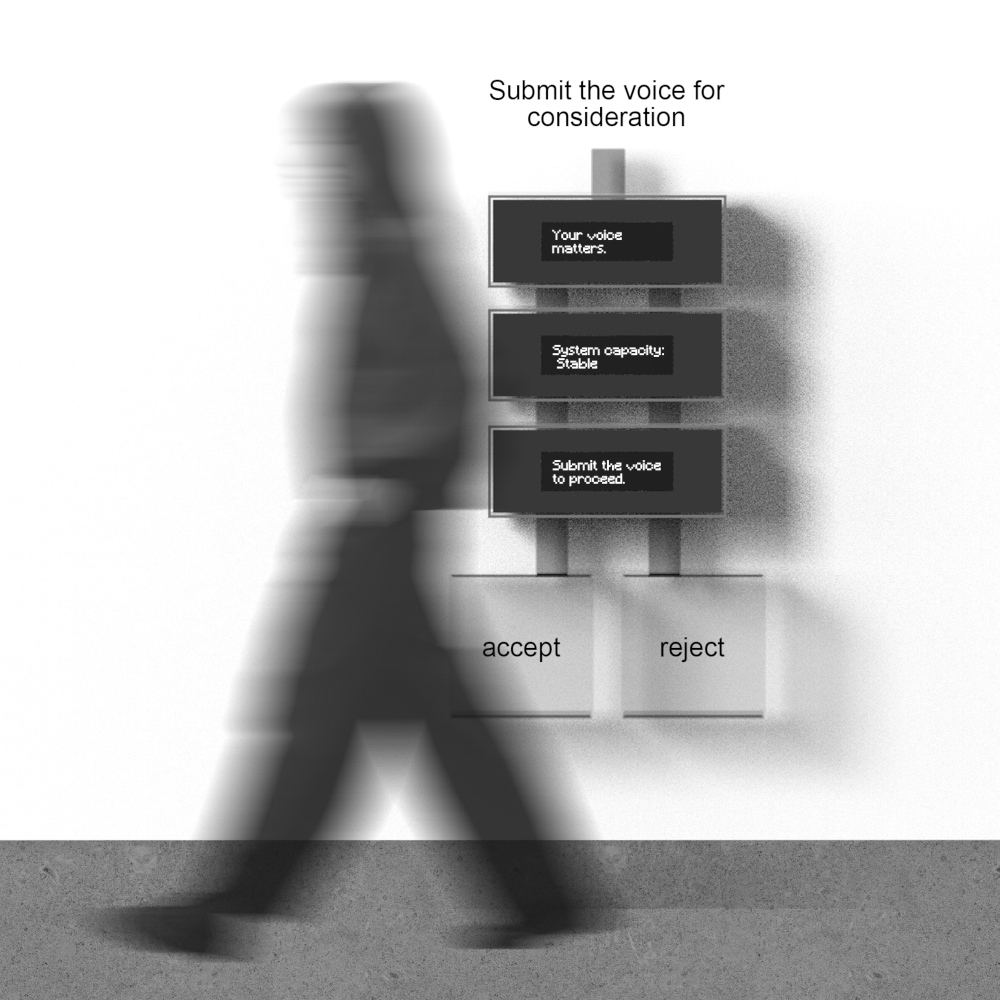
System Acknowledged
Zixin Mou (CN)
Simulating a patriarchal, multilayered voice-filtering system, this work reveals how rejection is rationalized through language, procedures, and the illusion of fairness.

Tutta Notte Buia
MAlex: Alessia Fallica (IT), Martina Pizzigoni (IT)
This interactive installation reimagines ancient mourning rituals through speculative digital erasure. Our digital identity is an aggregate of partial data and misattributions, forming a fragmented self.
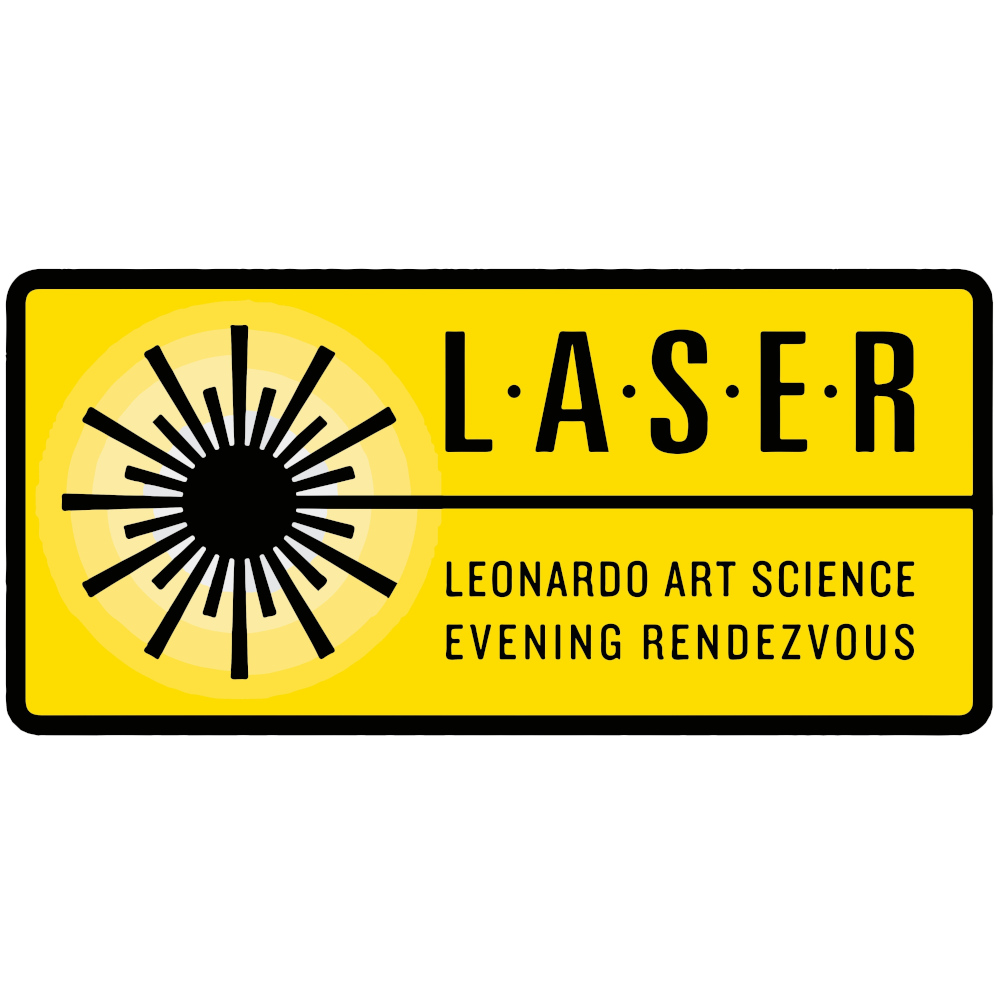
Leonardo LASER Linz
Scientific revolutions lie not only in discoveries but also in changes in practices, goals, protocols, and evaluation methods. The laboratory, originally dedicated to scientific work and characterized by rigour and dedication to experimentation, now resonates across disciplines, promoting creativity and collaboration.